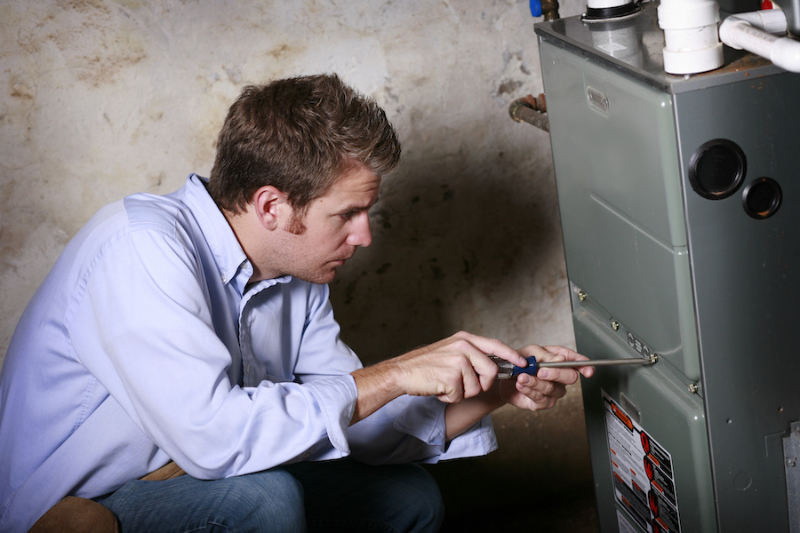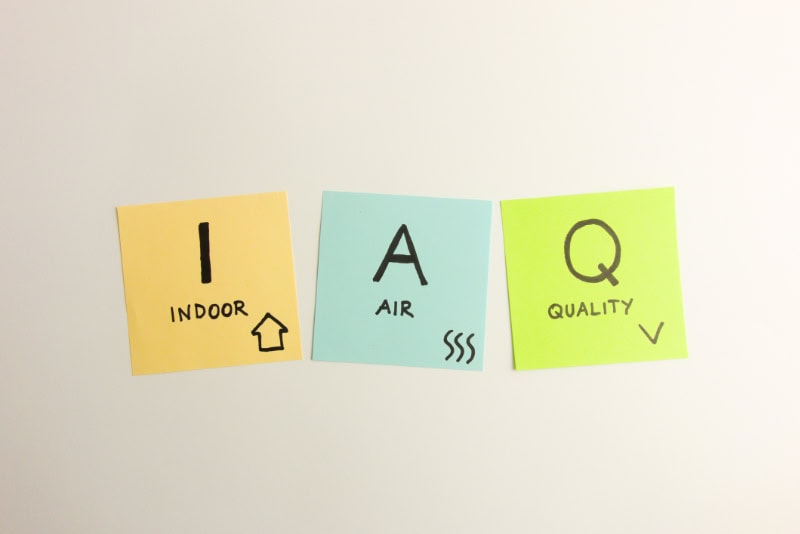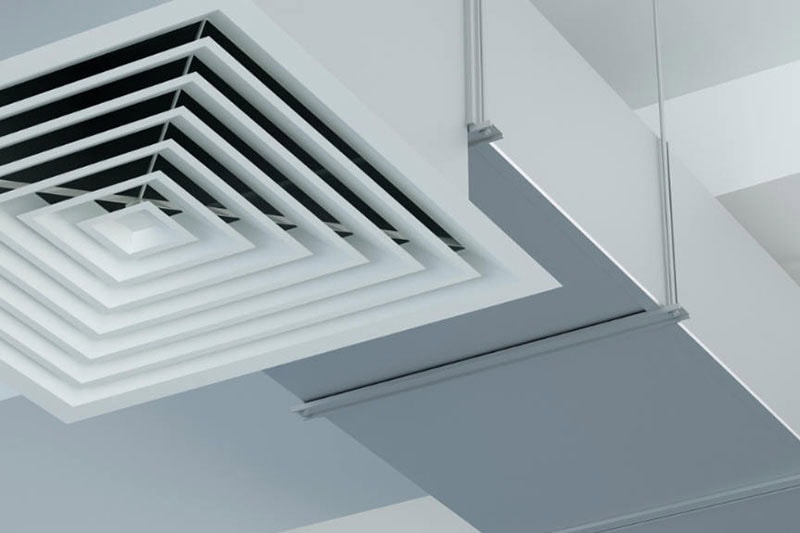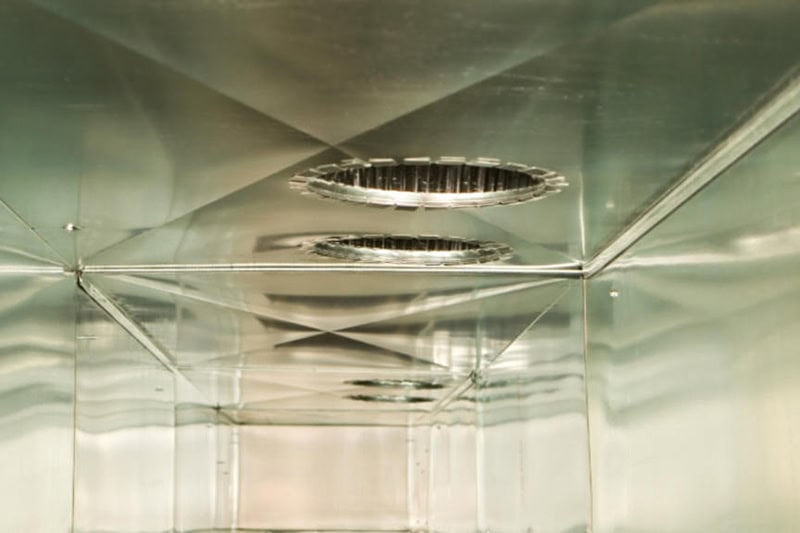Your air conditioner (AC) can do several things––keep your Wisconsin home’s indoor air cooler than outdoor temperatures, help to keep indoor airborne allergens at bay, and help keep your home’s humidity low. But one thing it can’t do is kill mold.
Continue ReadingThe same goes for a heat pump. The outdoor unit might be in perfect working condition. Still, the heating and cooling process stops without an indoor evaporator coil, connecting refrigerant lines, and a fan to blow conditioned air through ductwork.
Continue ReadingFrom replacing air filters to scheduling maintenance, cleaning your cooling system can prevent breakdowns and keep your home comfortable.
Continue ReadingStand outdoors on one of those days when the weather feels perfect, take a few deep breaths, and enjoy the fresh air.
Continue ReadingThe sound of a well-maintained heating, ventilation, and air conditioning (HVAC) system is like a lullaby for a good night’s sleep.
Continue ReadingIs your home’s air making you sick? Dust, allergens, and even pet dander can build up in your air ducts, leading to poor indoor air quality. This can trigger allergies and asthma attacks and even contribute to respiratory problems. One way to improve your indoor air quality is to maintain your air ducts. If you…
Continue ReadingIn the winter, being snug as a bug in a rug in your home can be cozy, but it can also play havoc with your indoor air quality (IAQ) here in Wisconsin, creating some significant health problems. At First Call Heating & Cooling Inc, we recommend taking precautions to avoid the common issues associated with winter indoor air quality.
Continue ReadingJust like your lungs are an important connection to the rest of your respiratory system, your home’s ductwork, or air ducts, are importantly connected to your heating, ventilation, and air conditioning (HVAC) system. For your HVAC system—and your lungs—to perform at peak level, the numerous airways need to be open and clear. All in the name of breathing properly.
Continue ReadingWinter is right around the corner and with it comes freezing temperatures, frequent illness, and dry indoor air. If you struggle with discomfort during the winter in your Kenosha home, you may benefit from investing in a humidification system.
Continue ReadingEveryone has it, and nobody wants it: dust.
It might seem like a minor nuisance, but in reality, dust is no laughing matter, no matter the setting. From causing allergies and respiratory issues to making your home look and feel less clean, dust greatly affects the indoor air quality (IAQ) of your Racine home.
Continue Reading








